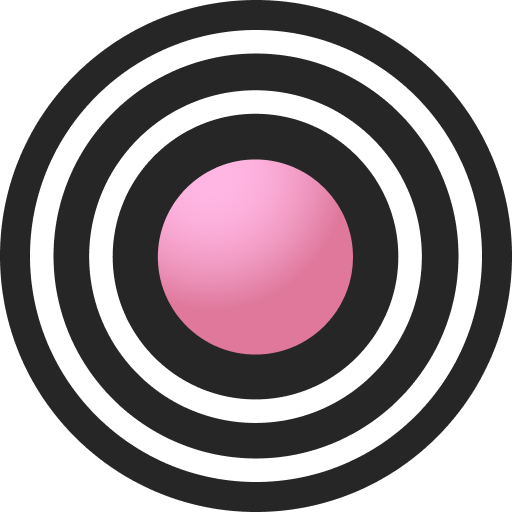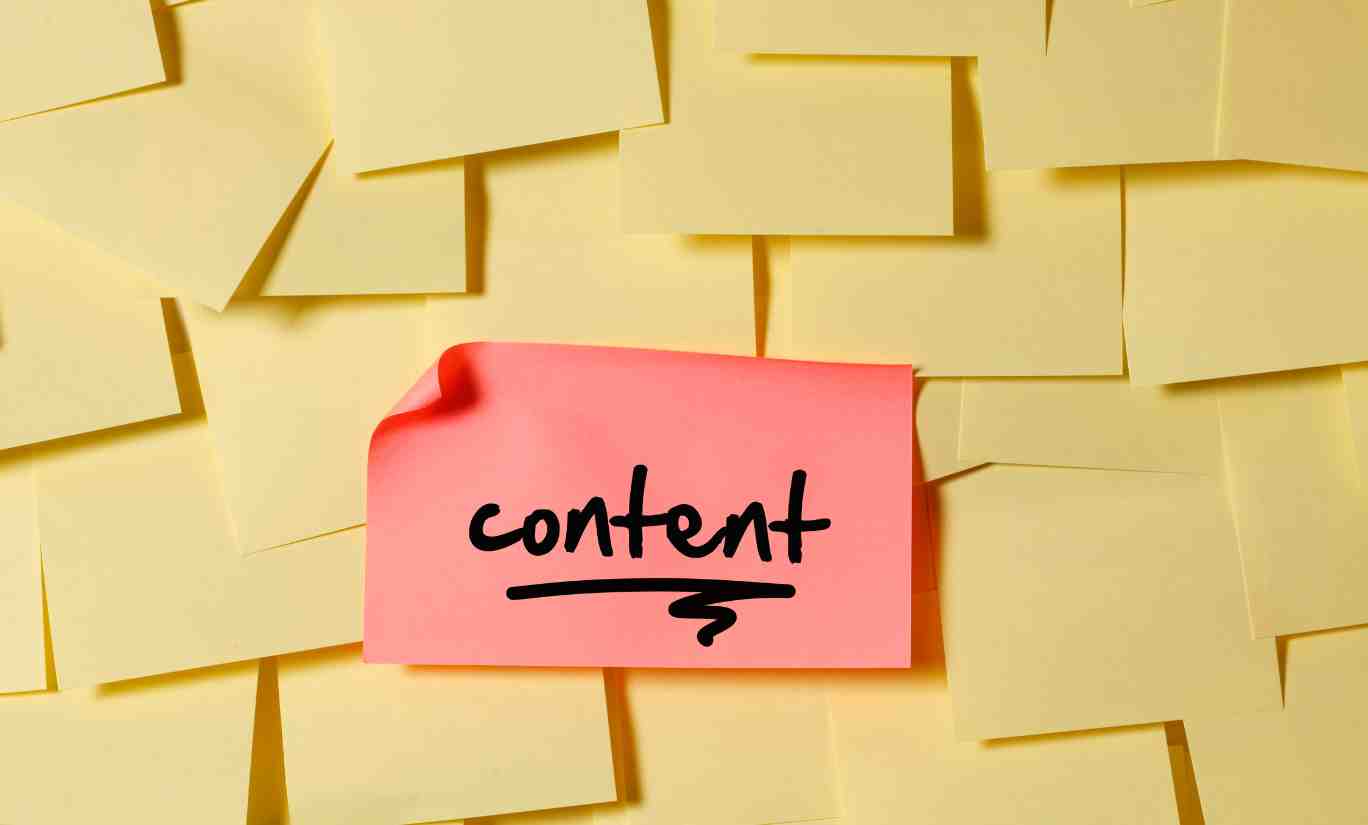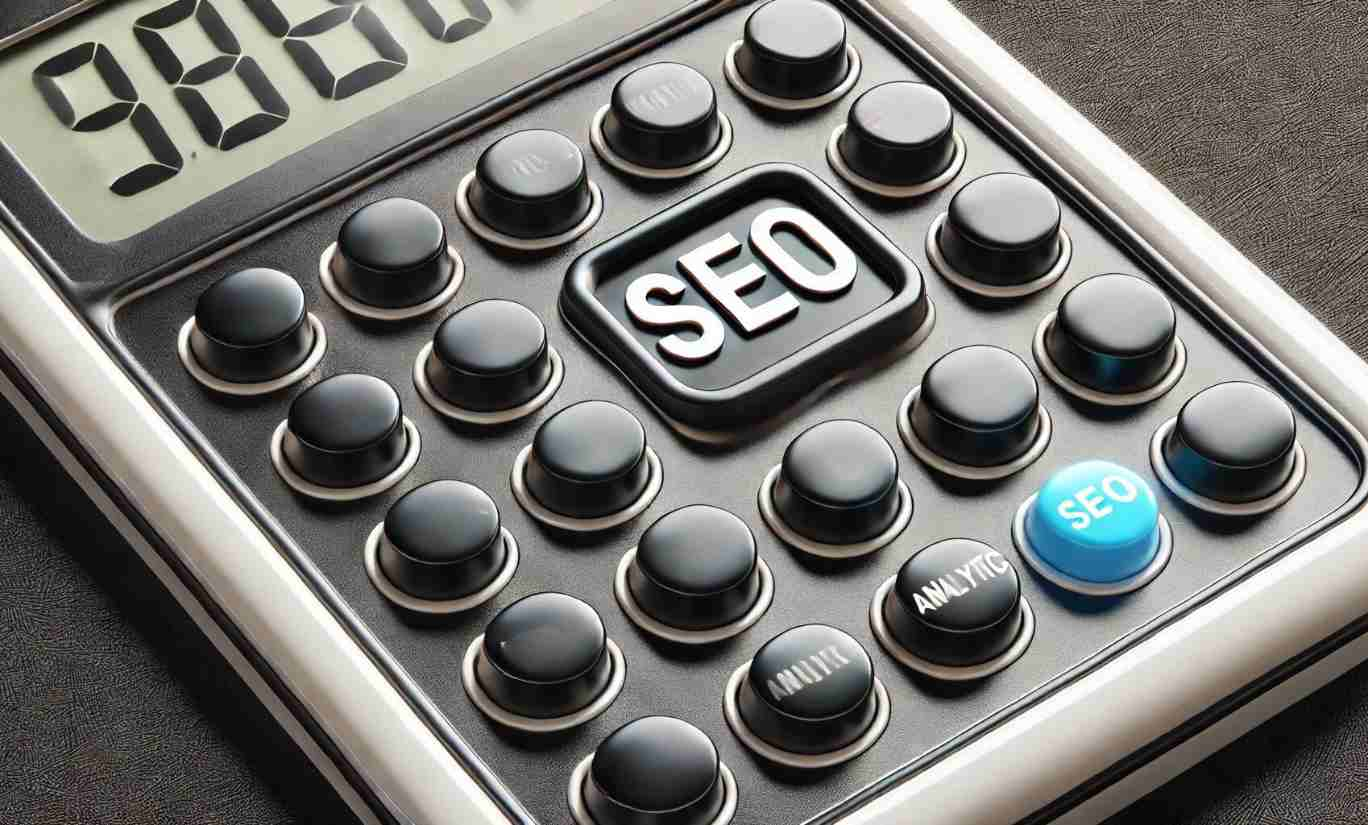
-
ROAR
- 3 Min Read
- Blog, PPC
How Does PPC Work, and What Is It?
If you find yourself asking, “How does PPC work?” then this blog is going to demystify any confusion. Let’s unpack PPC advertising and cover some key points to excel your ads.
What is PPC?
PPC, or pay-per-click, is a pricing method for paid search ads on various platforms. Using pay-per-click pricing means that as an advertiser, you only pay for an ad when a user clicks through to your website from your ad.
To find out more about PPC and PPC Agencies, check out our free downloadable guide – Why hire a PPC Agency | The Ultimate Guide
How does PPC work?
The answer to “How does PPC work?” is in the name; Pay-per-click. Where your ads are priced per click instead of impressions, this saves your budget from being wasted on views from people who aren’t interested in your ads and don’t click through to view them any further.
These are some key sticking points to consider when preparing your PPC ads and PPC campaign:
Keywords
Keywords are the backbone of any search engine marketing technique. When running paid ads, you’re bidding on those keywords, so ensuring the right selection is essential.
Are you looking to outsource your PPC management? Find out more about what that entails here.
Intent
The aim of ads is for your customers to convert in some way, whether that’s a phone call, filling in a form or buying your product on-site. To ensure your ads target the right audience at the right point in their buying cycle, look at the intent.
The intent is divided into four categories: Navigational, Informational, Commercial and Transactional.
Pulling focus to commercial and transactional keywords can help your ads target people in the market right there and then, looking to buy. This means that the chances of people converting once they click through to your site from your ad are higher.
Cost per click
When performing your keyword research, looking at the CPC or cost-per-click is important. This is how much the cost is to your business every time a user clicks on your ad.
A high cost-per-click might look scary, but it can be good. If the cost per click is significantly higher, it can mean that your competitors are already using it. As much as this means it can cost you more to be competitive, it puts you in the same space as your direct competitors.
A low CPC can look appealing, and you may think, ‘More keywords for a lower cost,’ but in fact, you could be skipping on quality traffic and ending up with more clicks and lower conversions.
Campaigns
Within your advertising campaign, you will have a variety of ads and ad copy; making sure that those are optimised for the best possible user experience and relevance is key to the success of your ads.
Ad Copy
The content of your ads is key. The copy will convert them, especially if users have never heard of your brand.
Let’s cover some of the best practices you should include in your ads:
- Talk to your audience.
Use language your target audience will relate to and understand and keep it simple. By making ads personal with “you” and “your”, you can create a friendly and useful feel from the offset.
- Use your limits.
Ad platforms often have character limits; Google, for example, has limited ad headlines to 30 characters and ad copy to 90-character descriptions.
This maximises the power of your ad by packing all the emphasis into this space, highlighting the key details that are relevant to your ad.
- Call to Action.
Use language that is straightforward for any potential customer. Tell them exactly what you want them to do and make it easy for them to do it. E.g. “Get in touch”, leading straight to a contact form.
PPC is one aspect of search engine marketing the other primary aspect being SEO. PPC and SEO work together to support your online visibility and page rankings; check out the blog to understand more.
Become unmissable online with ROAR’s PPC Management Services.






